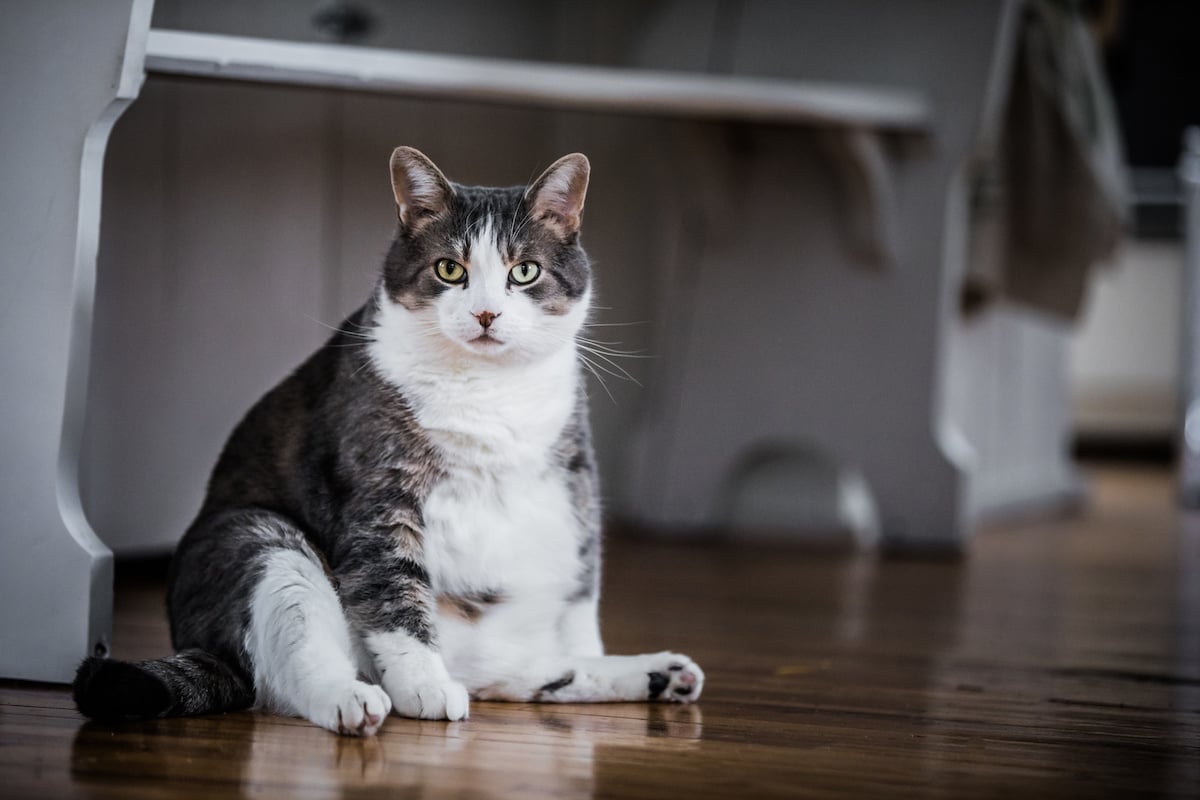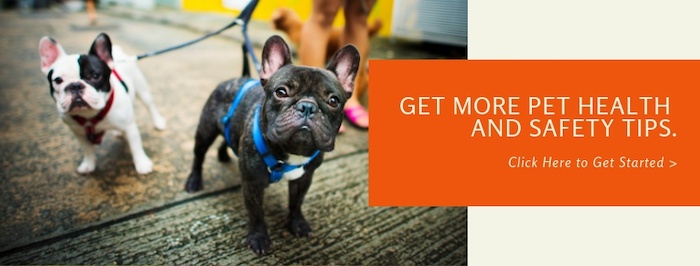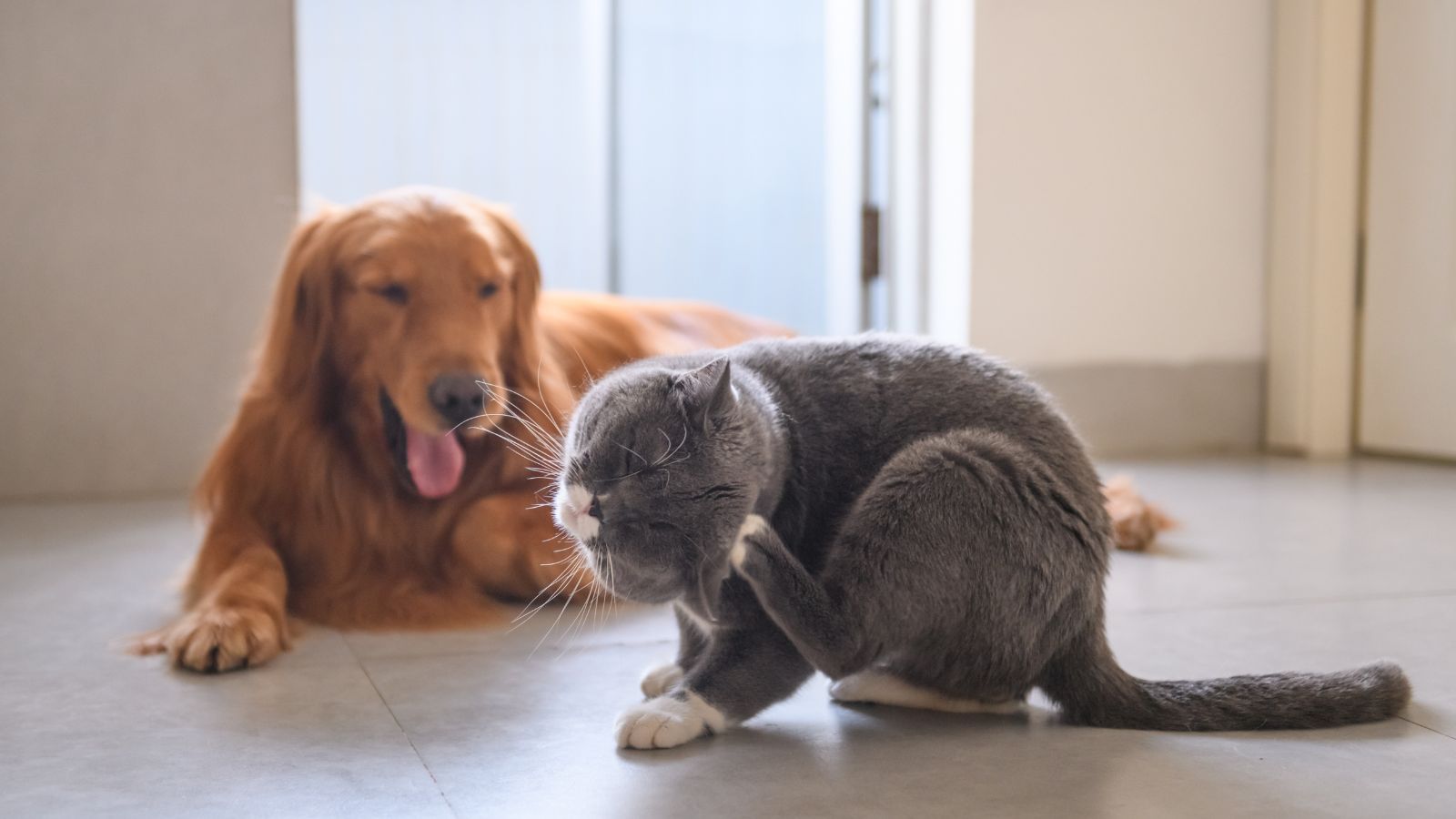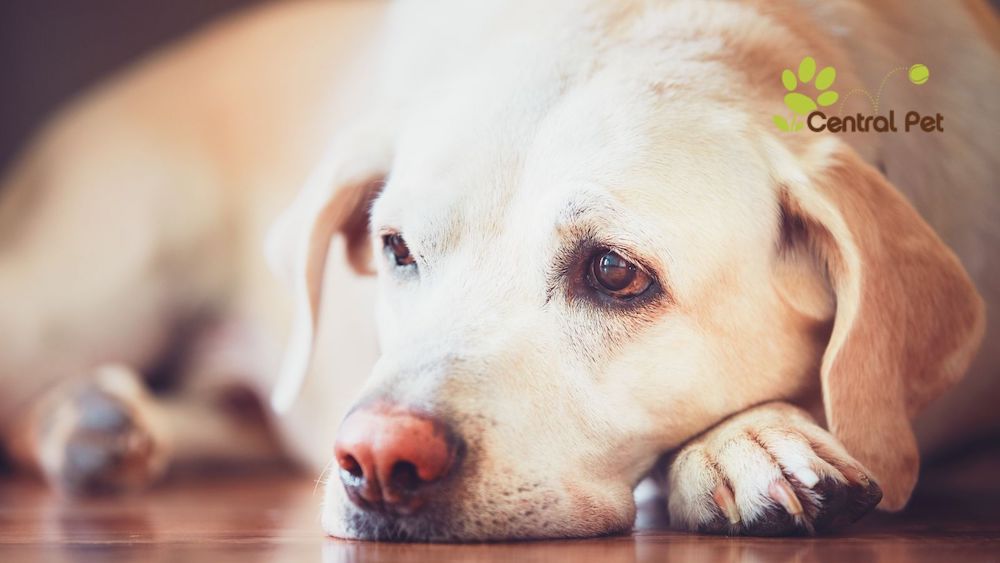While fat cats may be cute and common, those extra pounds are no laughing matter. According to a 2024 survey conducted by the Association for Pet Obesity Prevention, an estimated 33% of cats in the United States were overweight or obese, making pet obesity a health threat to our feline friends. Fortunately, not all hope is lost. There are plenty of things you can do to help your kitty get his or her weight back on track.
Why a Healthy Weight is Important for Your Cat
Just like in humans, excess weight can trigger some serious medical conditions. Some common problems that cats can develop from being overweight or obese include:
- Type 2 diabetes
- Chronic inflammation
- High blood pressure
- Heart disease
- Osteoarthritis
- Kidney disease
- Cancer
Furthermore, cats that carry too much weight typically live shorter lives than cats who maintain a healthy weight. In many cases, cats who are overweight are also less likely to be energetic and playful companions.
What is Considered a Healthy Weight in Cats?
It can be hard to tell by appearance alone if your cat is overweight. Just because they may look like they’re in good shape doesn’t mean they actually are.
As a general rule, domestic cats should weigh anywhere from 8 to 10 pounds. This, of course, can vary a bit based on their breed and frame. For example, a Persian cat may weigh as little as 7 pounds, while a Maine Coon can be perfectly healthy at a weight of 25 pounds. See a list of ideal weights of cat breeds here.
One easy way to determine if your cat is overweight is by visiting the vet each year for an exam. However, there are other things you can do at home. Here is a general guideline that may help:
- Look at your cat from different angles. Is there a clearly defined waist when you look from above? Does the area just behind the ribs have a smaller diameter than the chest? If not, then your cat may be overweight.
- Feel your cat’s ribs. If you can’t easily feel their ribs, or you have to push down to do so, your pet may be overweight.
- Examine the base of your cat’s tail. If you cannot easily feel bones in this area, your cat may be overweight.
- Check other bony areas. The spine, hips, and shoulders should be fairly bony. If they aren’t, your cat may be overweight.
If your cat has a saggy belly, don’t worry. Most cats have this “primordial pouch,” which is meant to protect the stomach during cat fights. If your cat is otherwise bony, then it’s unlikely that your cat has a weight problem that you should worry about.
How to Help Your Cat Lose Weight
It’s important to understand that there are a variety of reasons that could be causing your cat’s obesity. In many cases, however, it’s due to overfeeding and lack of exercise. Be sure to talk with your vet in order to determine whether or not their weight gain is related to an underlying condition. If no underlying condition is present, then you need to put focus on food maintenance and exercise in order to get your cat healthy.
Manage Mealtimes, Focusing on Calorie and Fat Intake
From a dietary standpoint, controlling calories and fat is the best way to help your cat lose weight. Average cats should eat 20 to 30 calories per pound per day. However, if your cat is overweight, you need to feed your cat 20 to 30 calories times the number of pounds you want him or her to weigh.
Keep in mind that cats are obligate carnivores, meaning eating meat is a biological necessity if they are to meet their required nutrients. To ensure that they get what they need, increase the proportion of canned and raw foods in their daily diet, focusing on good, quality food choices. Getting adequate nutrients through foods such as this, which tend to have more protein, rather than filling up on carbs and sugar that are prevalent in dry foods, will help your cat lose weight.
Focus on feeding your cat multiple meals throughout the day, rather than leaving a dish full of dry food. Leaving food in a dish allows your cat to graze all day long, which can lead to overeating.
You may also need to cut back on treats. Find other rewards, such as playtime that won’t put excess pounds on their body.
It’s also important that your cat is getting enough water. Keep the water dish full and clean to ensure your cat will stay sufficiently hydrated.
Encourage Regular Exercise
Many cats, especially indoor cats, don’t get enough regular exercise. Make sure your cat gets moving each day.
To ensure your cat stays active:
- Buy a variety of cat toys that will keep them entertained. It’s also important that you make time--20 to 30 minutes or so--to play with them. If you’re gone for a good portion of the day, consider electronic toys that will occupy them while you’re gone.
- Consider a second cat for a playmate.
- Get a cat tower that gives them the opportunity to climb and jump, which can increase balance and coordination.
- Hide treats and toys throughout the house, giving your cat the chance to search and discover.
Maintaining a Healthy Weight in the Future
Be sure to keep an eye on your cat’s weight to make sure that he or she is losing the pounds as needed. While you can certainly weigh your cat at home, you may benefit more from the accuracy of your veterinarian’s scale. Some vets allow patients to come in for free weigh-ins. Ask your vet if this is something they offer.
With the right weight loss and exercise program, your cat will be feeling much healthier and happier. Talk to your vet before starting to help your cat lose weight, as they will be able to advise you on the ideal weight for your cat and the best foods and exercise to achieve this.
Originally published on May 03, 2019. Updated on September 25, 2025.






